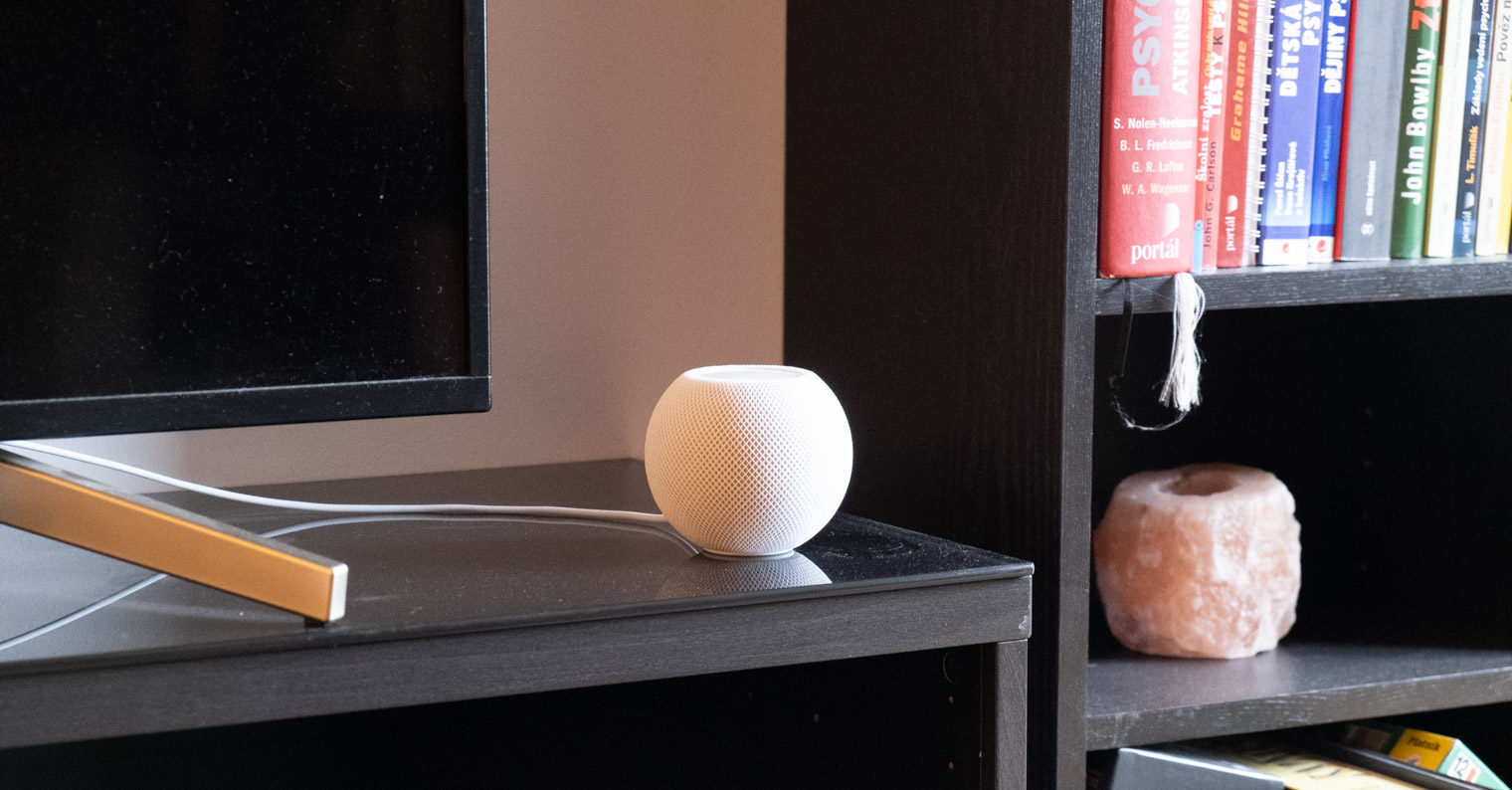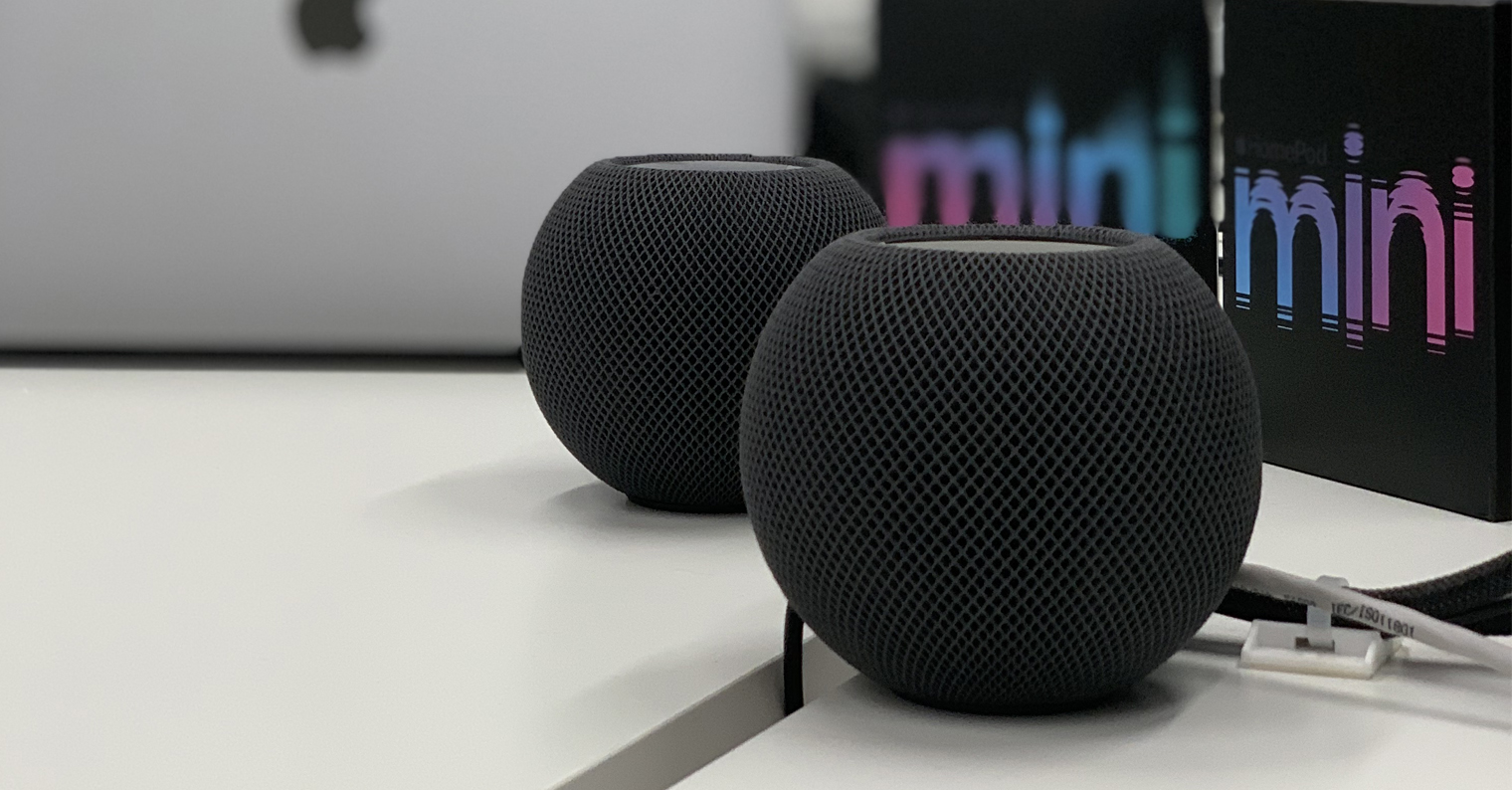In Apple's menu, we can find the HomePod (2nd generation) and HomePod mini smart speakers, which can significantly improve the functioning of the entire household. Not only can they be used to play music and audio in general, but they also have the virtual assistant Siri, thanks to which it offers voice control and a number of other options. At the same time, these are so-called home centers. HomePod (mini) can therefore take care of the flawless functioning of the smart home, regardless of where you are in the world. So you can easily be halfway across the planet and control individual products through the native Home application.
It could be interest you

Due to the high sound quality and its functions, HomePod is a great partner for every (smart) home. As we mentioned above, it can be used in several ways, which is perfectly underlined by the virtual assistant Siri. We can control practically everything with this directly with our voice. Unfortunately, what is missing is support for the Czech language. For this reason, we have to make do with English or another supported language (e.g. German, Chinese, etc.).
Home network and HomePod (mini)
But often, too little is enough and the HomePod may not work at all. Some Apple users complain on the discussion forums that their HomePod works with errors or, to be sure, does not work at all. In some cases, it can even inform about this itself right after the first launch in the form of a notification that warns about non-functional peer-to-peer requests. At first glance, this may not be anything terrible - the HomePod (mini) can then run normally. But mostly it is only a matter of time before it becomes more of a burden. If the fault is not directly in the piece of equipment itself, in the vast majority of cases the wrongly configured home network to which the speaker is connected is responsible for all problems. So even just one wrong choice in router settings and the HomePod can become an insignificant paperweight.
So if you often encounter problems where, for example, the HomePod often disconnects from the Wi-Fi network, or is unable to connect to it at all, does not support personal requests, and responds to voice control that it is having trouble connecting, even though Wi-Fi is on your works on all devices, the error is precisely in the aforementioned router settings, which the smart speaker from Apple may not fully understand. Unfortunately, no support or official instructions are offered for these cases, so you have to solve everything on your own.
Solution
Now let's take a very brief look at possible solutions that can help with the mentioned problems. Personally, I've been dealing with a pretty major problem lately - the HomePod was more or less unresponsive and after an update kept saying it couldn't connect to my home Wi-Fi network. Resetting it didn't help at all. The HomePod only seemed to work properly for a few minutes to hours, but after a while everything started to repeat itself.
Disable "20/40 MHz Coexistence" option
After a lot of research, I discovered the reason that made HomePod a pain in the ass. In the router settings, specifically in the basic WLAN settings section, it was enough to deactivate the option "20/40 MHz Coexistence"and all of a sudden there were no more problems. According to the official description, this option, when active, is used to halve the maximum speed of the 2,4GHz Wi-Fi network, which happens when another network is detected in the environment that could cause interference and stability in general interfere with our Wi-Fi. In my particular case, the "20/40 MHz Coexistence" feature was the trigger for all the problems.

Turning off "MU-MIMO"
Some routers may have technology labeled "MU-MIMO", which was developed by the Californian company Qualcomm for the acceleration and overall improvement of the wireless Wi-Fi network, or rather the connectivity itself. In practice, it works quite simply. The technology uses an extended array of antennas to create multiple data streams simultaneously, which in turn helps improve performance. This is particularly evident when using streaming services, or when playing multiplayer online games.
On the other hand, it can also be the cause of the mentioned problems. Therefore, if deactivating the mentioned 20/40 MHz Coexistence option does not solve the malfunctioning HomePod, it is time to turn off the "MU-MIMO" technology as well. However, not every router has this feature.
It could be interest you

 Flying around the world with Apple
Flying around the world with Apple 

